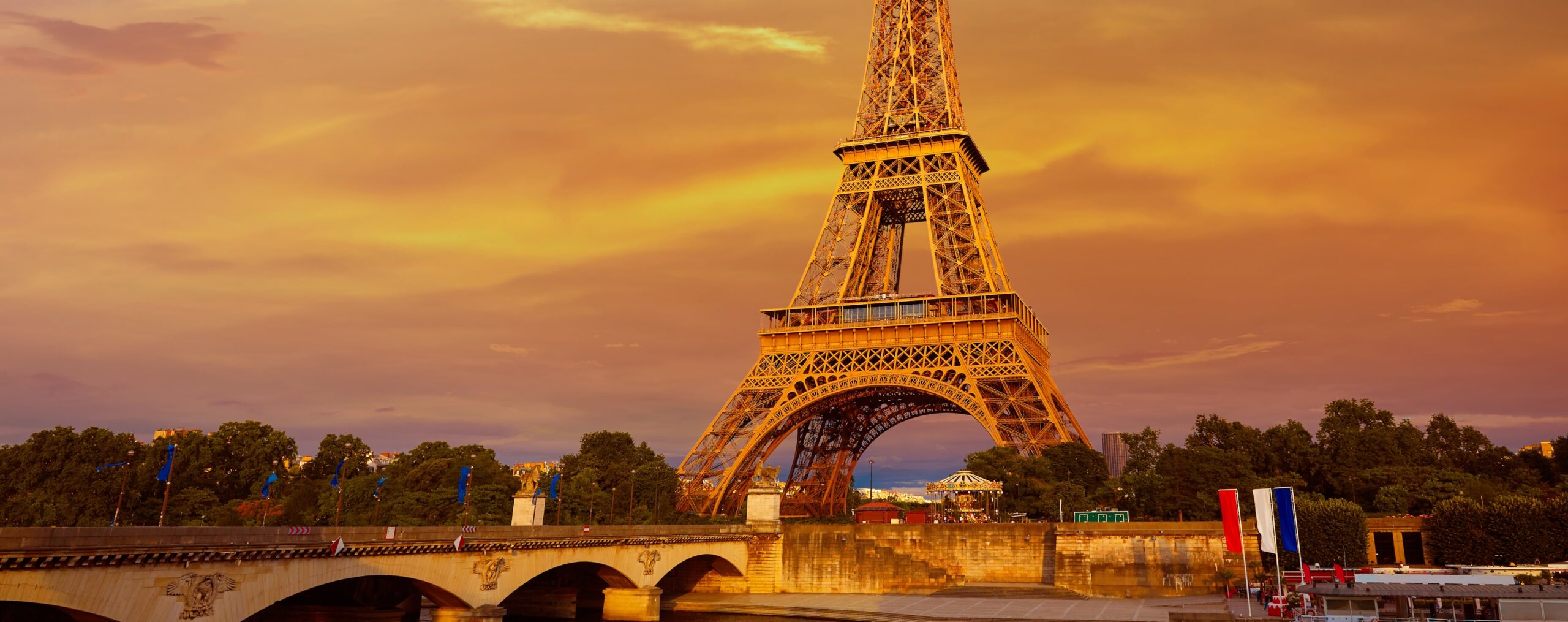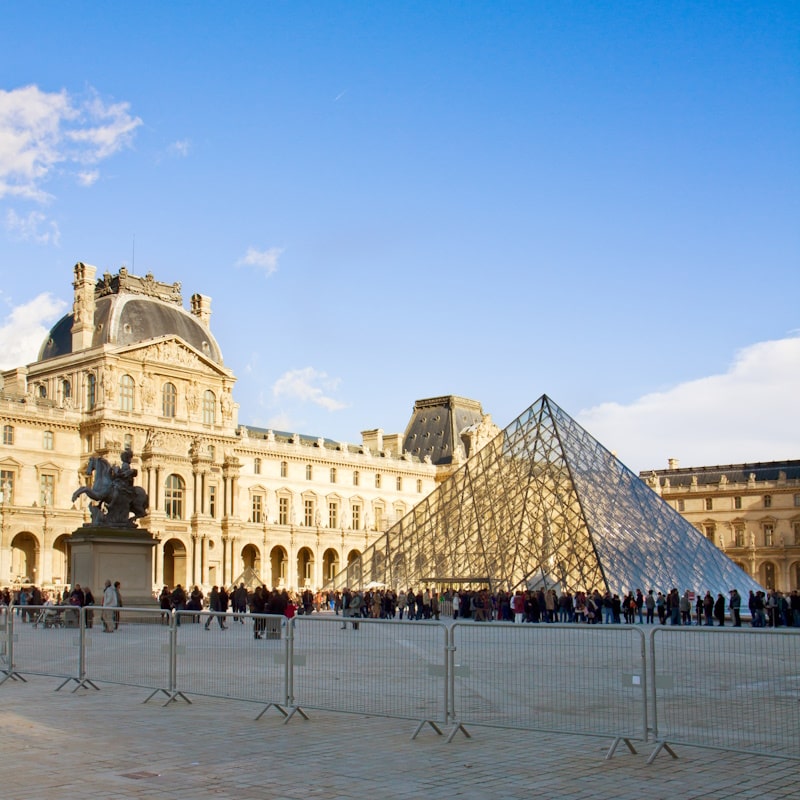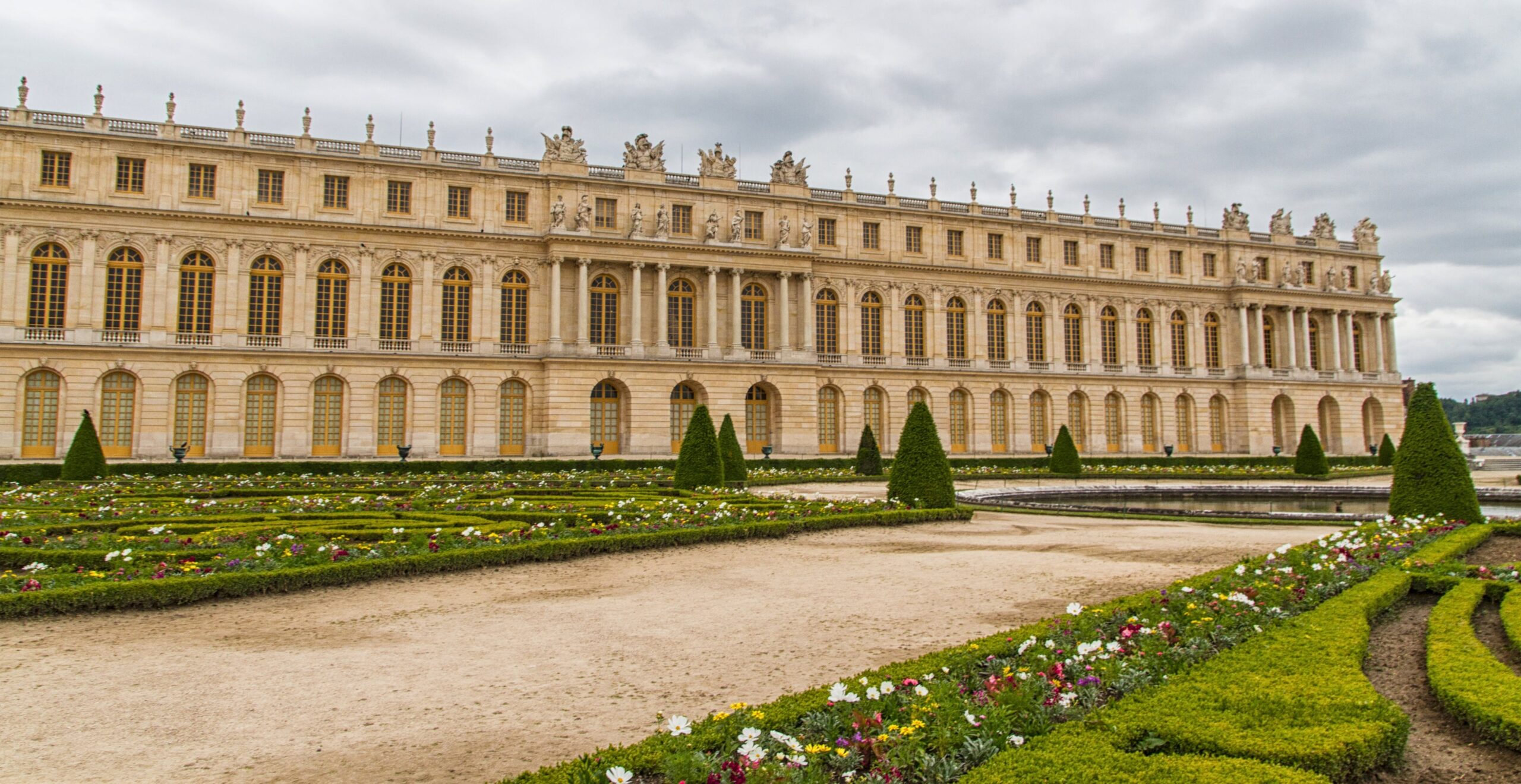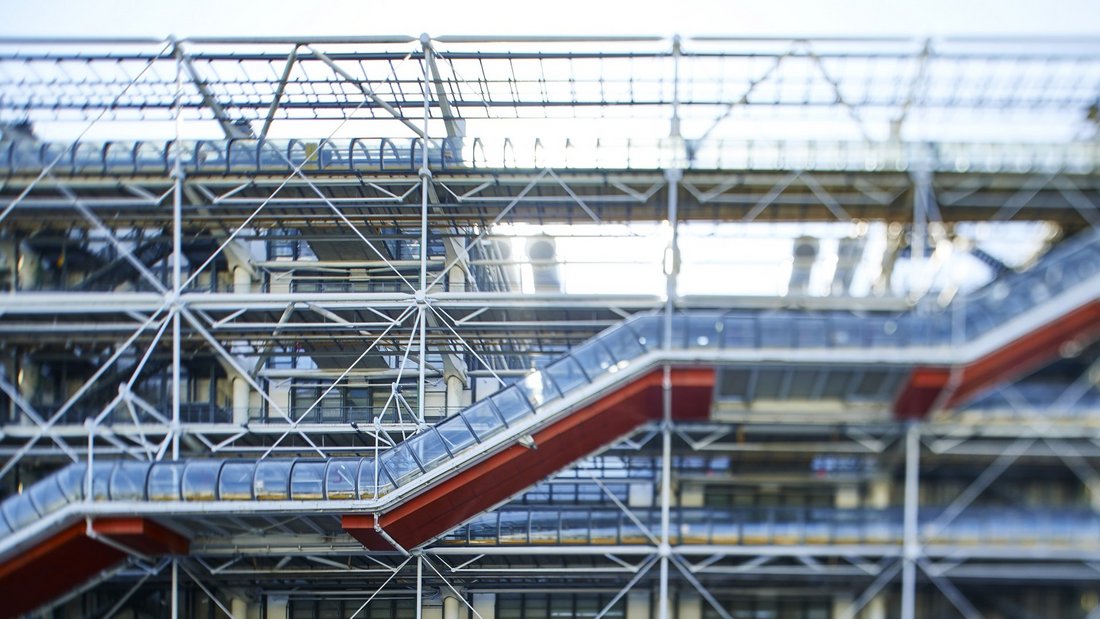Paris
Introduction
Paris, the City of Light, is a timeless destination that captivates visitors with its breathtaking architecture, world-class museums, charming streets, and vibrant culture. Steeped in history and art, Paris offers a wealth of experiences to suit every traveler's taste. Whether you're a history enthusiast, an art lover, a foodie, or simply seeking a romantic getaway, this iconic city has something for everyone. In this article, we will unveil a range of activities and attractions that can make your vacation in Paris truly unforgettable.
Attractions
Airports
Charles de Gaulle Airport (Aéroport de Paris-Charles-de-Gaulle):
- Also known as Roissy Airport, it's the largest and busiest airport in France.
- Located about 25 kilometers (16 miles) northeast of central Paris.
- Serves as a major hub for both international and domestic flights.
- Code: CDG
- Option of both bus and rail costing €12-€17 and taking around 1h
- Shuttle to Disneyland Paris
- Shuttle to Park Asteix
Orly Airport (Aéroport de Paris-Orly):
- Located about 13 kilometers (8 miles) south of central Paris.
- Handles a mix of international and domestic flights, with a focus on European destinations.
- Code: ORY
- Many options of train, tram, and bus taking around 30mins and costing between €3 and €16
- Shuttle to Disneyland Paris
Beauvais-Tillé Airport (Aéroport de Beauvais-Tillé):
- Situated about 85 kilometers (53 miles) north of Paris.
- Primarily used by low-cost and charter airlines, often serving as a secondary airport.
- Code: BVA
- Coach to Paris takes around 1h - 1h 30 and costs around €20
- No direct trains take around 2h costs about €25
Train
Paris is well-connected by a network of train stations, some of which are located in or near the city center. Here are the main train stations in central Paris:
- Gare du Nord:
- Located in the 10th arrondissement.
- One of the busiest train stations in the world and a major hub for international and domestic trains.
- Mainly serves trains to northern France, Belgium, the Netherlands, and the United Kingdom (Eurostar).
- Gare de l'Est:
- Situated in the 10th arrondissement, close to Gare du Nord.
- Offers connections to eastern France, Germany, Luxembourg, and central Europe.
- Gare Saint-Lazare:
- Found in the 8th arrondissement.
- One of the oldest train stations in Paris, serving destinations to the northwest of the country.
- Gare de Lyon:
- Located in the 12th arrondissement.
- Offers services to southeastern France, including destinations like Lyon, Marseille, and the Alps.
- Gare d'Austerlitz:
- Situated in the 13th arrondissement.
- Mainly serves trains to central and southwestern France, including Toulouse and Bordeaux.
- Gare Montparnasse:
- Found in the 15th arrondissement.
- Connects to destinations in western France, including cities like Nantes and Rennes.
These train stations are well-connected to both the Paris Metro and other forms of public transportation, making it easy for travelers to access different parts of the city and beyond. Additionally, many of these stations offer a range of services such as ticket counters, waiting areas, shops, and restaurants to enhance the travel experience.
Transport within the city
Getting around the center of Paris is relatively easy thanks to its well-developed public transportation system and the city's walkability. Here are some common ways to get around in the central part of Paris:
- Paris Metro:
- The Paris Metro is an extensive and efficient subway system that covers most parts of the city.
- It's a quick way to travel between different neighborhoods and major attractions.
- Tickets can be purchased at station ticket machines or online.
- Buses:
- Paris has an extensive bus network that complements the Metro system.
- Buses can be useful for reaching destinations not directly served by the Metro.
- Bus stops are marked with a "ratp" sign, and route information is available at stops and online.
- RER (Réseau Express Régional):
- The RER is a network of regional trains that connect central Paris to its suburbs and nearby attractions.
- Some RER lines intersect with the Metro, making it convenient to switch between the two systems.
Consider purchasing a transportation pass like the Paris Visite Pass or Navigo Découverte for unlimited travel on public transportation within certain zones.
Accommodation
Areas to stay
- Marais:
- Known for its historic charm and trendy vibe.
- Offers a mix of boutique shops, cafes, art galleries, and historic sites.
- Great for those interested in history, art, and a lively atmosphere.
- Saint-Germain-des-Prés:
- A literary and artistic neighborhood with a vibrant café culture.
- Home to bookshops, art galleries, and the iconic Café de Flore and Les Deux Magots.
- Ideal for travelers seeking a bohemian atmosphere and upscale boutiques.
- Montmartre:
- A charming hilltop neighborhood is known for its artistic heritage.
- Offers stunning views of the city, the iconic Sacré-Cœur Basilica, and quaint streets.
- Perfect for travelers who enjoy a more laid-back and artistic ambiance.
- Champs-Élysées and Eiffel Tower Area:
- Located near major landmarks like the Eiffel Tower, Arc de Triomphe, and the Champs-Élysées.
- Offers upscale shopping, elegant cafes, and a luxurious atmosphere.
- Latin Quarter:
- A historic area with narrow streets, universities, and lively nightlife.
- Home to the Sorbonne University and the Panthéon, with a mix of affordable eateries and bars.
- Le Marais:
- A trendy and historic district known for its fashionable shops, art galleries, and historic buildings.
- Offers a mix of old-world charm and modern creativity.
- Opera District:
- Centrally located near the Palais Garnier opera house and major shopping areas.
- Perfect for travelers interested in theater, shopping, and cultural experiences.
- République and Canal Saint-Martin:
- A hip and trendy area with canals, cool cafes, and unique boutiques.
- Popular among young locals and travelers seeking a more alternative scene.
- Bastille:
- Known for its vibrant nightlife, restaurants, and bars.
- Offers a mix of modern and historical attractions.
- Louvre and Palais Royal:
- Ideal for art enthusiasts, as it's close to the Louvre Museum and the beautiful Palais Royal Gardens.
Cheaper accommodation
Consider staying in neighborhoods slightly away from the city center, where prices might be more reasonable. Areas like Montmartre, Belleville, and the Latin Quarter can offer good value.
Eating out
- Learn Basic French Phrases:
- While many people in Paris speak English, making an effort to greet in French and ask for the menu ("La carte, s'il vous plaît") can go a long way.
- Make Reservations:
- If you plan to dine at popular or upscale restaurants, it's advisable to make reservations in advance to ensure a table.
- Check Opening Hours:
- Many restaurants in Paris close between lunch and dinner services. Be mindful of opening hours to avoid disappointment.
- Observe Local Dining Etiquette:
- Wait to be seated rather than choosing your own table.
- Place your napkin on your lap during the meal and use utensils as appropriate.
- Bread Etiquette:
- Break your bread with your hands rather than using a knife.
- Do not butter the entire slice; butter small portions as you eat.
- Order the Prix Fixe Menu:
- Opting for a fixed-price menu ("menu du jour" or "menu prix fixe") often offers better value and a chance to try a variety of dishes.
- Understand the Bill:
- In France, the service charge ("service compris") is typically included in the bill. However, it's customary to leave a small tip ("pourboire") in addition to the included service charge.
- Enjoy the Pace:
- Meals in Paris are meant to be savored and enjoyed over a leisurely period. Don't rush through your dining experience.
- Explore Different Neighborhoods:
- Each Parisian neighborhood has its own culinary specialties. Venture beyond the tourist areas to discover hidden gems.
- Respect Dress Codes:
- Some upscale restaurants may have a dress code. It's advisable to check in advance and dress appropriately.
- Adapt to Local Dining Hours:
- Lunch is typically served from around 12:00 PM to 2:00 PM, and dinner service often starts around 7:30 PM.
- Be Open to Trying New Things:
- Embrace the opportunity to try traditional French dishes and local specialties. Don't be afraid to step out of your comfort zone.
- Ask for Recommendations:
- Servers are often knowledgeable about the menu and can provide suggestions based on your preferences.
- Mindful Photography:
- While it's common to take photos of your food, be respectful of other diners and the restaurant's ambiance.
- Be Patient and Courteous:
- The Parisian dining experience can be unhurried. Practice patience and politeness, and enjoy the slower pace.
Shopping
Research the areas and shops you're interested in visiting. Having a general plan will help you make the most of your time as Paris has so many shopping options
- Champs-Élysées:
- One of the most famous avenues in the world, lined with luxury boutiques, flagship stores, and theaters.
- Known for its high-end fashion and beauty brands.
- Le Marais:
- A trendy and historic district with a mix of vintage shops, fashion boutiques, art galleries, and concept stores.
- Offers a blend of classic and contemporary styles.
- Saint-Germain-des-Prés:
- A bohemian neighborhood with upscale boutiques, art galleries, and traditional French brands.
- Known for its literary and artistic heritage.
- Rue du Faubourg Saint-Honoré:
- A luxury shopping street featuring prestigious fashion houses, designer brands, and fine jewelry stores.
- Galeries Lafayette and Printemps:
- Iconic department stores offering a wide range of luxury and contemporary brands, as well as beauty and gourmet sections.
Paris offers diverse shopping districts, each with its own style. From luxury boutiques on the Champs-Élysées to vintage finds in the Marais, there's something for everyone.
Paris has official sale periods in January and July. You can find discounts on clothing, accessories, and more during these times.
Stores like Galeries Lafayette and Le Bon Marché offer a mix of luxury brands, fashion, beauty, and gourmet foods.
Wander through quaint streets and explore smaller boutiques to discover unique items and support local designers.
Check out the many flea markets and vintage shops where you can find one-of-a-kind pieces.
If you're a non-EU resident, you might be eligible for a VAT refund. Look for stores displaying "Tax Free" signs and inquire about the process.
French customer service can be more formal compared to other places. Greet with a polite "Bonjour" or "Bonsoir," and thank with "Merci."
Nightlife
- Cafes and Bars:
- Parisians enjoy leisurely evenings at cafes and bars. Enjoy a glass of wine, aperitifs, or cocktails while people-watching.
- Clubs and Nightclubs:
- Paris has a thriving club scene with venues catering to different music genres, from electronic to hip-hop and more.
- Popular clubs include Rex Club, Concrete, and Wanderlust.
- Cabarets and Shows:
- Experience the world-famous cabaret at Moulin Rouge or Lido, featuring captivating performances, music, and dancing.
- Live Music:
- Paris offers a variety of live music venues, including jazz clubs like Le Caveau de la Huchette and Le Duc des Lombards.
- River Cruises and Night Tours:
- Enjoy a romantic evening cruise on the Seine River or explore the city's illuminated landmarks on a night tour.
- Art and Cultural Events:
- Many museums and galleries host evening events, exhibitions, and late-night openings, providing a unique cultural experience.
- Rooftop Bars:
- Experience breathtaking views of the city while enjoying drinks at rooftop bars like Le Perchoir and Terrass'' Hôtel.
- Dinner and Entertainment:
- Enjoy dinner with a twist at venues like Paradis Latin, offering dinner and a cabaret show.
- Late-Night Eateries:
- Paris has a range of late-night food options, including creperies, bakeries, and restaurants catering to night owls.
- Neighborhood Hangouts:
- Each neighborhood has its own unique nightlife. Explore areas like Pigalle, Bastille, and Oberkampf for local experiences.
- Cultural Festivals and Events:
- Paris hosts various cultural events and festivals that extend into the evening, offering entertainment and a lively atmosphere.
- Cinema and Theaters:
- Catch a late-night movie screening or enjoy a play or performance at one of Paris' many theaters.
Language and Communication
In areas frequented by tourists, English is commonly spoken. Major attractions, transportation hubs, and tourist information centers usually have English-speaking staff.
Although you can get by speaking English a small amount of effort to learn a few basic French words can go a long way.
Currency
France officially adopted the euro as its currency on January 1, 2002. This transition marked the replacement of the French franc (FRF) with the euro (EUR) as the country's official currency. The euro became the common currency used by many European Union (EU) member states, simplifying trade and travel within the eurozone. The introduction of the euro in France was part of a larger effort to create a single currency for the EU, which aimed to facilitate economic integration and cooperation among member states.
Weather
Paris tends to have cool to cold climates between October and April, temperatures in the winter can go below freezing point so check the forecast and take appropriate clothes.
The warm season takes place between April and October where temperatures are generally warm between 15c (59F) and 26c(78F)




